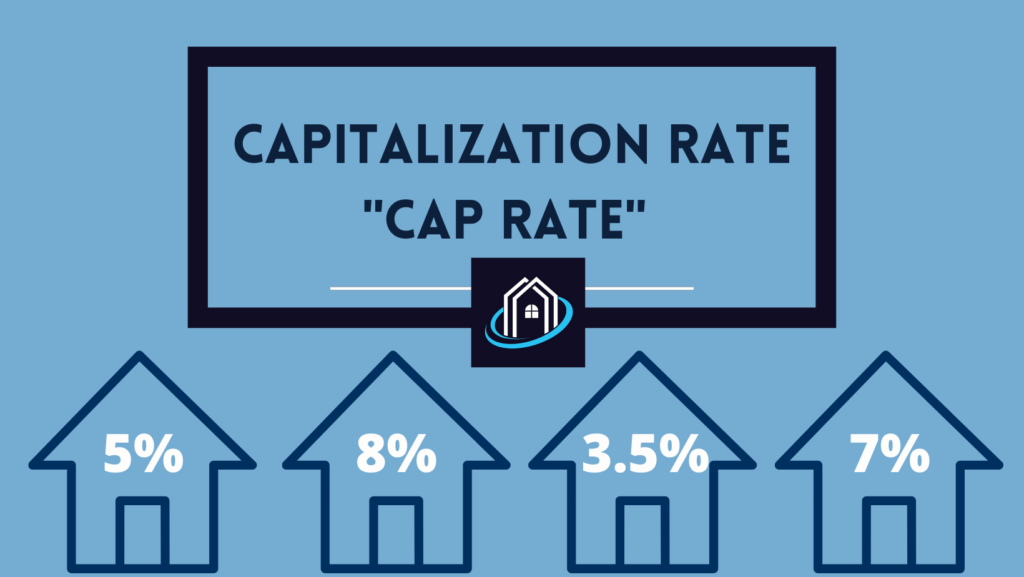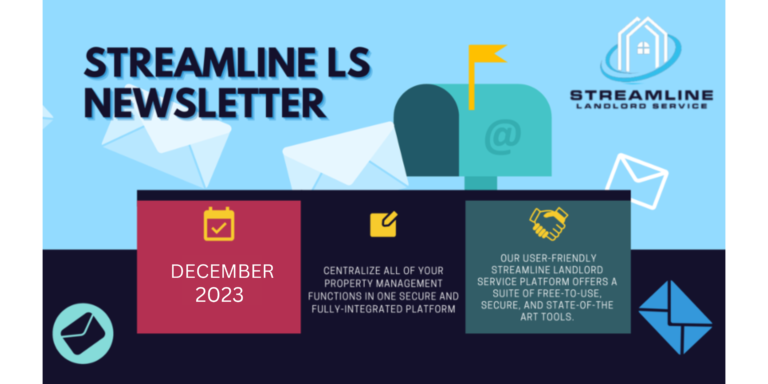Building on the previous article, today we will be talking about capitalization rates or “cap rates” – how to calculate them and what you can use them for. Definitions vary, but it is a rental valuation tool generally defined as the yield of a property based on its income (NOI) in relation to the property value (usually determined by purchase price). By manipulating the formula, this metric can help you determine a variety of data points. The cap rate can tell you the percentage of capital payback per year, how long it will take you to earn back your capital, or if you know the market cap rates – how a property should be priced.
In the previous part of this series, we discussed calculating the Cash-on-Cash return on your property. To do so, we needed to know how to determine the Net Operating Income. That NOI factors into Cap Rates too.
Net Operating Income – A quick review:
To calculate the NOI of a rental property you simply take the total income from rent and subtract the expenses related to the property (including vacancy).
Let’s assume we have a property that rents for $1,000 per month. There are $200 of expenses and a vacancy rate of 10% of the time. The NOI of this property would be $700 per month or $8,400 per year.
$1,000 – $100 (Vacancy) – $200 (Other Expenses) = $700 (Monthly Income) * 12 = $8,400 (Yearly Income)
Cap rates don’t consider the debt used to finance a property. So when calculating the Cap Rate, you don’t include the mortgage interest as an expense.
Capitalization Rate (Cap Rate)
This is much closer to calculating return on investment in a more traditional sense. To find the Cap Rate, you take the Net Operating Income and divide it by the cost of the property then multiply by 100.
Using the same example from above:
Cap Rate == Net Operating Income / Property Value * 100
Cap Rate == $8,400 (NOI) / $105,000 (Price + Closing Expenses) == 8%
Since this valuation doesn’t consider debt, this means that 8% of the property price is paid down per year. At 8% per year, it will take you 12.5 years to get your purchase costs back. You can also find publicly posted cap rates for larger markets (commercial real estate firms issue quarterly reports). You can use this to help determine the price you should offer if you’re buying, or an approximate listing price if you’re selling. Obviously, you can also use cap rates to compare the performance of properties when evaluating multiple options.
A couple caveats to note: comparing cap rates directly isn’t always a complete picture of the information. A property in a more run-down part of town or a less desirable rural area might have a higher cap rate due to the lower desirability of the property. In an urban centre like Calgary, you will likely get around a 4-5% cap rate. A smaller Alberta town like Taber might get you 8-9%. Make sure that you are comparing apples to apples and that the property type you are looking at suits your needs.
Secondly, using cap rates isn’t a common practice when looking at a smaller rental property like a single-family home or even a 4-plex. But as soon as you invest in a larger multi-family property, you and your real estate team will very likely use this metric.

